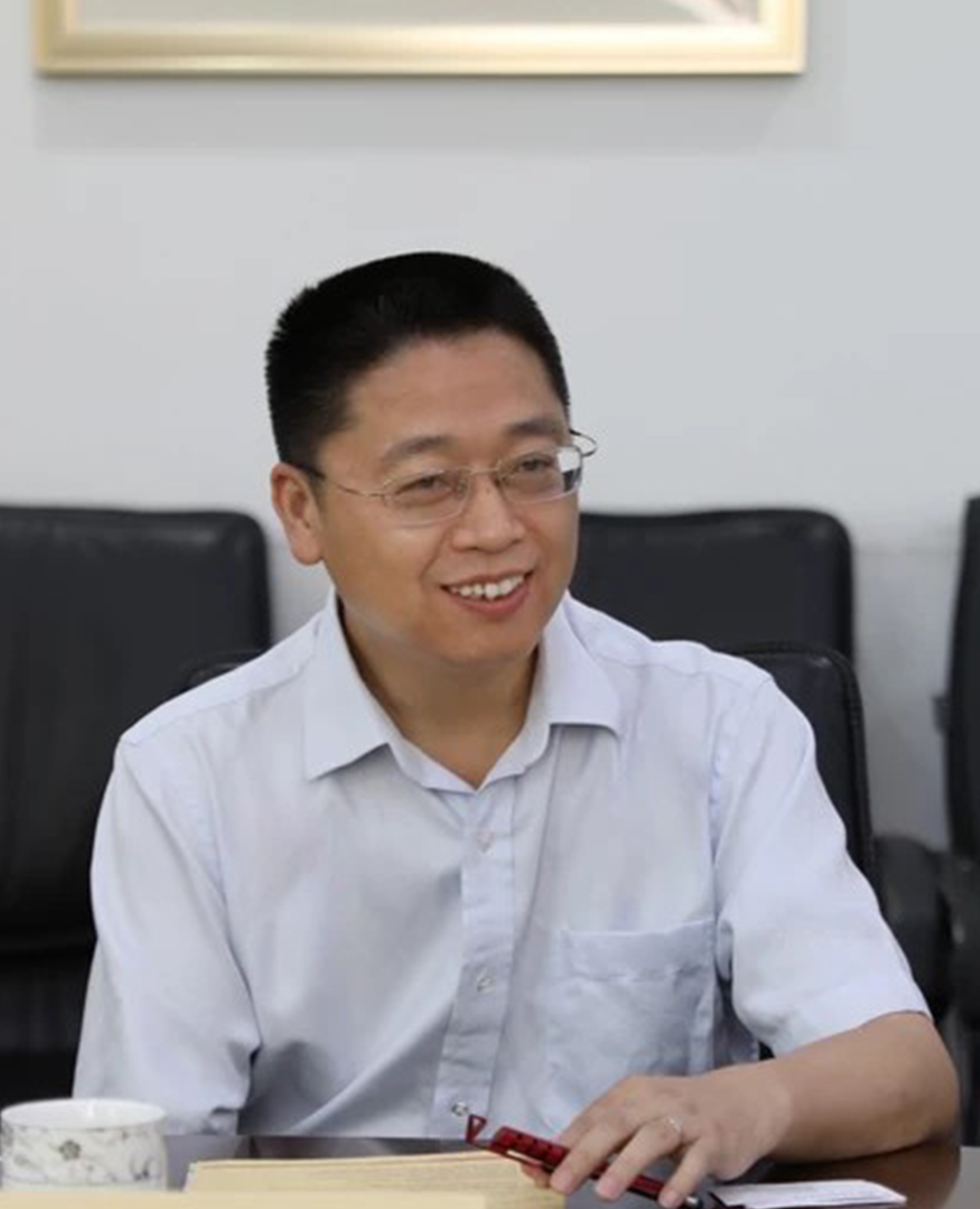Prof. Zhonghuai Hou

Main content
|
Address |
Department of Chemical Physics, University of Science and Technology of China (USTC), Hefei, China, 230026 |
Awards |
Distinguished Young Scholar Award, NSFC (2011) |
Education |
Bachelor Degree, Department of Chemical Physics, USTC(1994) |
Research Areas |
Theoretical study of non-equilibrium statistical dynamics in complex chemical systems. Topics mainly include development of multi-scale modeling as well as path-sampling methods, effects of fluctuation in small chemical systems, nucleation and self-assembly kinetics in active soft matter systems, reaction-diffusion processes in dense fluids and confined geometry, and stochastic thermodynamics. |
Representative Publications |
1. Y. Liu, H. Jiang, Z. Hou “Hidden Mechanism Behind the Roughness-Enhanced Selectivity of Carbon Monoxide Electrocatalytic Reduction”, Angew. Chem. Int. Ed. ,(2021)2. H. Jiang, Z. Hou “Mechanisms beyond energetics revealed by multiscale kinetic modeling of 2D‐material growth and nanocatalysis”, Comput Mol Sci. ,(2021)3. H. Jiang, Z. Hou, Y. Luo “A Kinetic View on Proximity-Dependent Selectivity of Carbon Dioxide Reduction on Bifunctional Catalysts ”, ACS Cat. ,(2020)4. H. Jiang, Z. Hou, Y. Luo, “Unraveling the Mechanism for the Sharp-Tip Enhanced Electrocatalytic Carbon Dioxide Reduction: The Kinetics Decide ”, Angewandte Chemie,(2017)5. M. Feng and Z. Hou*, “Mode coupling theory for nonequilibrium glassy dynamics of thermal self-propelled particles ”, Soft Matter, 13,4464-4481 (2017)6. H. Jiang and Z. Hou*, “Motion transition of active filaments: rotation without hydrodynamic interactions”,Soft Matter,10,1012-1017(2014)7. R. Ma, J. Wang, Z. Hou*, H. Liu*, “Small-number effects: A third stable state in a genetic bistable toggle switch”, Physical Review Letters, 109, 248107(2012)8. P. Wu, H. Jiang, W. Zhang, Z. Li*, Z. Hou*, J. Yang, “Lattice mismatch induced nonlinear growth of graphene”, J. Am. Chem. Soc, 134(13), 6045-6051(2012)9. H. Chen, C. Shen, Z. Hou*, H. Xin, “Nucleation in Scale-Free Networks”, Phys. Rev. E, 83, 031110(2011)10. T. Xiao, Z. Hou*, H. Xin, “Stochastic thermodynamics in mesoscopic chemical oscillation systems”, J. Phys. Chem. B, 113(27), 9316(2009)11. T. Xiao, J. Ma, Z. Hou*, H. Xin, “Effects of internal noise in mesoscopic chemical systems near Hopf bifurcation”, New. J. Phys, 9, 403(2007)12. Z. Hou*, J. Xiao, H. Xin, “Internal noise coherent resonance for mesoscopic chemical oscillations: A fundamental study”, ChemPhysChem, 7(7), 1520-1524 (2006)13. G. Zhao, Z. Hou*, and H. Xin, “Frequency-selective response of periodically forced coupled FHN models via system size multi-resonance”, Phys. Chem. Chem. Phys, 7, 3634-3638 (2005)14. F. Qi, Z. Hou*, and H. Xin, “Ordering Chaos by Random Shortcuts”, Phys. Rev. Lett., 91, 064102(2003)15. Z. Hou, H. Xin, “Noise-Sustained Spiral Waves: Effect of Spatial and Temporal Memory”, Phys. Rev. Lett, 89, 280601(2002) |
